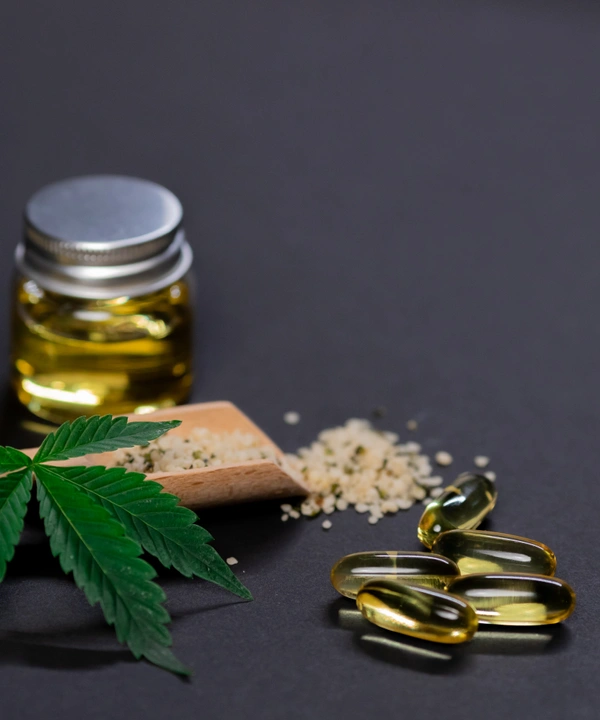What is the Endocannabinoid system?
Did you know that we have an entire system in our bodies named after Cannabis? In the 1990s, scientists discovered that our body produces Cannabis-like substances in our Endocannabinoid system.
 Image credit:
RF Studio
Image credit:
RF Studio
The Endocannabinoid system (ECS)
Did you know that we have an entire system in our bodies named after Cannabis? In the 1990s, scientists discovered the endocannabinoid system (ECS). Endocannabinoids are Cannabis-like substances that occur naturally in your body. Endo is an abbreviation for endogenous, which means that it's produced naturally inside our bodies, and cannabinoids are similar to the cannabinoids found in Cannabis plants. Scientists discovered that cannabinoids in Cannabis mimic our endocannabinoids.
ECS is a complex cell signalling system within our bodies. The endocannabinoid system consists of two receptors: CB1 and CB2. CB1 is located in the brain, central nervous system, spinal cord and many other body parts. These CB1 receptors modulate neurotransmitter release and help with memory and emotional regulation. CB2 can be found in cells associated with our immune system throughout the body. CB2 receptors help balance inflammation and immune response.
The primary function of the endocannabinoid system is to keep our bodies optimally balanced and healthy (i.e. homeostasis). For example, if you're hurt, your ECS will produce more endocannabinoids to help relieve pain and restore optimal balance. It also helps regulate your immune response, memory, mood, appetite and metabolism. All mammals have endocannabinoid systems, whether or not they consume Cannabis. On a side note, deer, cows and goats have been known to nibble on Cannabis, but they don't seem to enjoy it too much, and it won't get them high, as the flower needs to be heated to activate the effects.
The ECS relies on three main components:
Cannabinoids receptors (CB1 & CB2)
The endocannabinoids that bind with receptors
The enzymes that help break down and synthesise endocannabinoids and cannabinoids
The THC in Cannabis interacts with your ECS by binding to receptors, just like endocannabinoids, enabling a large range of effects on your body and mind. It could trigger psychoactive effects, like feeling euphoric. Conversely, CBD changes how your receptors bind with other cannabinoids and works with enzymes to boost your body's Endocannabinoid production, which can help restore balance.
Share this article
The history and meaning of 420
When you think of Cannabis, one of the first things that might pop up in your mind is 420. 420 has many meanings. It refers to the time to consume Cannabis (4.20 pm), the date April 20 (our American friends like to write their dates backwards 4/20) to celebrate Cannabis globally. It's also a code to show acceptance of Cannabis use, lifestyle and culture. That's why we named our brand after it, 420S (fourtwenties), because we believe in the positive power of Cannabis, and we want to celebrate Cannabis culture, not cover it up.







